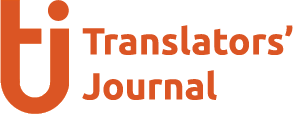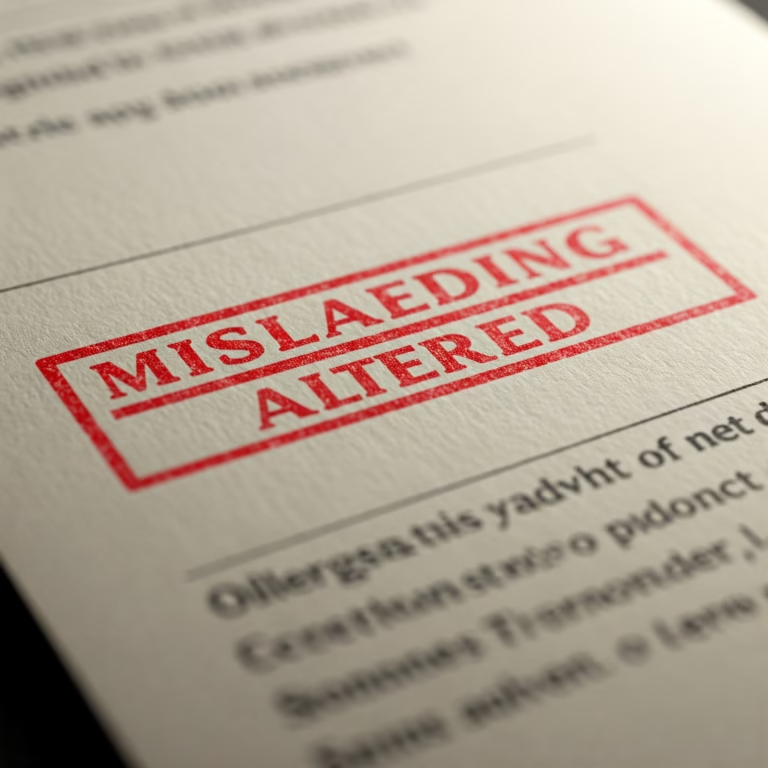
What is Technical Translation?
Imagine you have a really cool gadget, like a new drone. The instructions for using it are written in English. But what if you don’t speak English? That’s where technical translation comes in. Technical translators take these complex instructions and translate them into other languages, so people around the world can understand and use the gadget.
Technical translation is about taking complex, technical documents and making them understandable to people who speak different languages. These documents could be anything from a car manual to a scientific research paper. The translator needs to be really good at both languages and the subject matter, to make sure the translation is accurate and easy to understand.
Technical translation involves translating technical documents such as user manuals, software documentation, engineering specifications, and scientific papers. It requires a high level of accuracy, precision, and cultural sensitivity. A poorly translated technical document can lead to misunderstandings, errors, and potential safety hazards.
It is a specialized field that requires a unique blend of linguistic skills and technical expertise. As a translator, understanding the nuances of technical texts is essential to deliver accurate and precise translations. In this article, we’ll delve into the key aspects of technical translation, challenges, and best practices to help you excel in this demanding field.
Does Technical Translation Relate to Technical Writing?
Technical writing and technical translation are like two sides of the same coin. Technical writers create the original text, while technical translators make sure that the meaning and information in that text can be understood by people who speak a different language.
Good technical writing makes the translator’s job easier. If the original document is clear, concise, and well-structured, it’s much easier to translate accurately. On the other hand, a good translation can help a technical document reach a wider audience and have a greater impact.
Why Technical Translation Matters
Technical translation plays a big role in today’s globalized world. Here’s why it’s so important:
- Reaching More People: By translating technical documents into different languages, companies can reach a wider audience and sell their products or services in new markets.
- Making Things Fit: Technical translations help adapt products and services to different cultures. For example, a user manual for a phone might need to be translated into Spanish, but also adjusted to fit the way people in Spain use their phones.
- Following the Rules: Many countries have specific laws and regulations about how products and services are described. Technical translations help companies make sure they follow these rules.
- Sharing Knowledge: By translating research papers, scientific articles, and other technical documents, we can share knowledge and ideas with people around the world, no matter what language they speak.
- Growing Businesses: Companies can reach more customers by translating their products’ manuals and other materials into different languages.
- Ensuring Safety: Accurate translations of technical documents, like medical equipment manuals, are crucial for safety.
The Unique Challenges of Technical Translation
Technical translation presents several challenges that require careful consideration:
- Specialized Terminology: Mastering the specific terminology of a particular field is crucial.
- Cultural Nuances: Understanding and conveying cultural differences in technical contexts.
- Formatting and Layout: Adhering to specific formatting and layout guidelines.
- Time Constraints: Meeting tight deadlines for timely delivery.
- Complex Terminology: Technical language is highly specialized and constantly evolving.
- Cultural Nuances: Technical concepts and standards can vary across different cultures.
- Strict Adherence to Technical Standards: Technical translations must comply with specific technical standards and regulations.
Understanding Technical Texts
Technical texts are a unique breed of documents that require a specific approach to translation. They are characterized by their precise language, complex terminology, and specific formatting requirements. Let’s delve deeper into the key characteristics of technical texts:
Key Characteristics of Technical Texts
- Precision:
- Clarity and Conciseness: Technical texts demand clarity and conciseness. Every word and phrase must convey the exact meaning.
- Accuracy: The information presented must be accurate and up-to-date. Any errors or inconsistencies can lead to serious consequences.
- Complexity:
- Specialized Terminology: Technical texts often use highly specific jargon and technical terms.
- Complex Sentence Structures: The language can be dense and complex, with long and intricate sentences.
- Formatting:
- Specific Layout: Technical texts often have strict formatting requirements, including headings, bullet points, and tables.
- Consistency: Consistent formatting is essential for readability and clarity.
Common Types of Technical Texts
- User Manuals:
- Purpose: To guide users in operating devices or software.
- Key Features: Clear instructions, step-by-step procedures, troubleshooting tips, and visual aids.
- Technical Specifications:
- Purpose: To provide detailed information about a product or service.
- Key Features: Precise measurements, performance data, and technical diagrams.
- Scientific Papers:
- Purpose: To present research findings and conclusions.
- Key Features: Abstract, introduction, methodology, results, discussion, and references.
- Legal Documents:
- Purpose: To establish legal rights and obligations.
- Key Features: Formal language, precise wording, and specific legal terms.
Best Practices for Technical Translators
1. Develop a Strong Foundation in Technical Subjects
- Continuous Learning: Stay updated with the latest technological advancements and industry trends.
- Specialized Training: Seek out training courses and workshops to enhance your knowledge.
- Build a Network: Connect with subject matter experts to gain insights and clarifications.
2. Master the Art of Terminology Management
- Create a Terminology Database: Develop a centralized repository for technical terms and their translations.
- Ensure Consistency: Use consistent terminology throughout your translations.
- Collaborate with Experts: Work closely with subject matter experts to refine terminology.
3. Leverage Technology
- Translation Memory Tools: Utilize these tools to store and reuse translated segments, improving efficiency.
- Machine Translation: Employ machine translation as a starting point, but always review and edit the output.
- CAT Tools: Use computer-assisted translation tools to streamline the translation process.
4. Prioritize Quality Assurance
- Rigorous Proofreading: Carefully review translated texts for errors, inconsistencies, and typos.
- Peer Review: Have colleagues review your work for additional insights.
- Quality Control Checks: Implement a robust quality control process to ensure accuracy.
5. Adapt to Cultural Nuances
- Cultural Sensitivity: Understand cultural differences and adapt the language accordingly.
- Localization: Tailor the translation to specific target markets.
- Contextualization: Consider the cultural context of the target audience.
6. Effective Communication with Clients
- Clear Communication: Maintain open and transparent communication with clients.
- Timely Updates: Keep clients informed about project progress and any potential challenges.
- Professionalism: Adhere to professional standards and deadlines.
Essential Tools and Technologies for Technical Translators
The landscape of technical translation has been significantly transformed by the advent of various tools and technologies. These tools can significantly enhance efficiency, accuracy, and consistency in technical translation. Let’s explore some of the most essential tools:
Translation Memory Tools
- Purpose: Store and reuse previously translated segments.
- Benefits: Increased efficiency, consistency, and cost-effectiveness.
- Popular Tools: SDL Trados Studio, memoQ, Wordfast
Machine Translation (MT)
- Purpose: Automate the translation process.
- Benefits: Quick translation of large volumes of text.
- Limitations: Requires human review to ensure accuracy and quality.
- Popular Tools: Google Translate, DeepL, Microsoft Translator
Computer-Assisted Translation (CAT) Tools
- Purpose: Assist translators with various tasks, including terminology management, translation memory, and quality assurance.
- Benefits: Improved efficiency and accuracy.
- Popular Tools: SDL Trados Studio, memoQ, Wordfast
Cloud-Based Translation Platforms
- Purpose: Facilitate collaboration, project management, and file sharing among translators and clients.
- Benefits: Increased productivity, improved communication, and remote work capabilities.
- Popular Platforms: Memsource, Smartcat, XTM Cloud
Other Useful Tools
- Terminology Management Software: Helps manage and maintain consistent terminology.
- Screen Capture and Annotation Tools: Capture and annotate screenshots for accurate translation.
- OCR Software: Converts scanned documents into editable text.
- Project Management Tools: Organize and track translation projects.
Conclusion
Technical translation is a demanding but rewarding field. It is a highly specialized field for translators and it requires a deep understanding of technical concepts, terminology, and cultural nuances. Understand the unique challenges and best practices to excel as a technical translator. Remember to continuously learn, stay updated with industry trends, and leverage the available tools to deliver high-quality translations.



